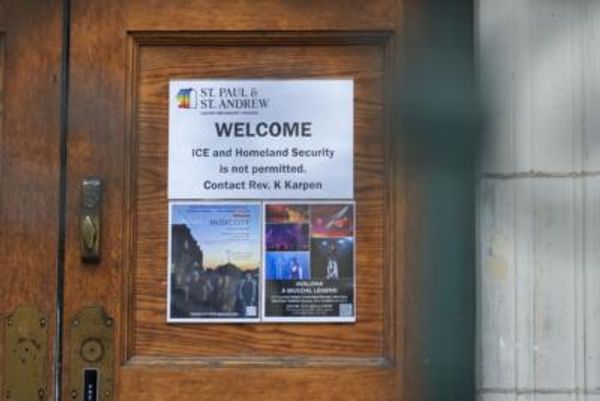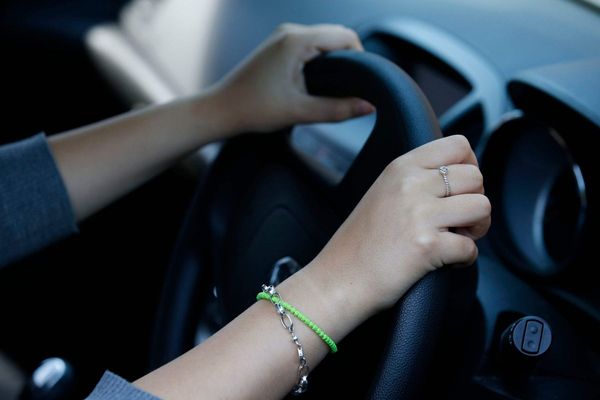
The May 22nd eruption of Nyiragongo — that looming mountainous volcano in the Democratic Republic of the Congo — looked to be short-lived, its lava flows stopping their speedy, destructive march almost as soon as they began. But with all that potent seismic activity and satellite-based radar data suggesting that magma has been injected beneath parts of Goma, including the urbanised shores of Lake Kivu, scientists remain on edge.
Although no second eruptive episode could be forthcoming, the chance that unpredictable magma-water explosions could rock parts of the metropolis, and noxious volcanic gases could flood those shores, proved sufficiently scary enough to trigger last Thursday’s evacuation of up to a million people, an exodus that’s still ongoing.
What’s important to highlight at this stage is that, no matter what happens next, this has already been a disaster.
The most obvious indicator of this is the wreckage left behind by last weekend’s curt eruptive episode. Despite the fact that lava missed the city proper, 17 villages were still run through with fast-moving molten rock. Hundreds of homes were destroyed, water and electricity supplies were cut off, and at least one school was obliterated. Around 32 people were confirmed to have died, with a further 40 still missing. Thousands of children were separated from their parents.
But the harm of this eruption – and its earthquakes, some of which have levelled buildings in Goma – goes beyond the obvious. The psychological trauma imparted on those visited by volcanic violence will last long into the future, especially in a place without decent interpersonal support from specialists in trauma. Those whose properties, families and friends have, for now, survived the most recent outpouring of lava have to somehow navigate the trauma of the uncertainty of the future, of being unsure whether they can return to their homes, being anxious that the next eruption will ruin or end their lives. As long as Goma sits on the flanks of Nyiragongo, that fear and worry will always be there, in the forefront or in the background of everyone’s minds.
The near-term future for those that have fled the city remains decidedly unclear. According to UNICEF, as many as 400,000 people have been displaced, with almost three-quarters of those being children. That people have been evacuated is a welcome development; in this case, it’s far better to be cautious and for nothing to happen than to simply do nothing. But that’s a lot of people to try to help in one of the poorest and most conflict-riddled parts of the world, and it’s very likely that the infrastructure to provide everyone with support simply doesn’t exist.
Thousands of escapees crossed the border into Rwanda, but a large number of refugees headed to the nearby Congolese town of Sake, a place which is unfortunately haunted by cholera outbreaks, including one at present. Lest we forget, the chaotic evacuation also took place in the middle of the pandemic. People crowding together both on the Congolese-Rwandan border and in makeshift refugee camps around the region provide ample opportunities for the coronavirus to spread unchecked.
There is a note of good news mixed in with all the bad. As well as providing food and medical equipment to various sites, UNICEF has helped set up a free text-based information outpost, one that will broadcast updates to people’s mobile phones about the status of the volcano. The agency notes that almost 1,000 children who were separated from their parents have also been identified. Officials have already reunited 700 children with their families, and others have been placed in foster care or in temporary accommodation. But many more children remain lost.
There’s no doubt about it—this is a full-blown humanitarian disaster, one that will be severely compounded if any additional volcanic activity transpires.
If you’d like to help from afar, there are two things you can do at this stage. The easiest? Be careful what you share on social media. Misinformation is both accidentally and willingly shared during crises, so be sceptical of what you see before you send it to someone else. People in the middle of the disaster may look online for information to help inform their decisions, and you don’t want to be responsible for an anxious refugee getting the wrong idea and making a life-endangering choice.
The second thing? Donate to any of the charities working in the region. They desperately need your help, particularly as the eruption fades from the news and the rest of the world moves on. UNICEF, Oxfam, Save The Children and the Virunga National Park (which Nyiragongo sits inside) are all good bets, but any similar charities or groups would be great choices too.







